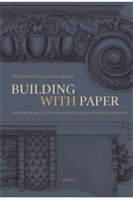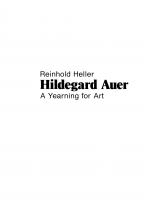From the publisher:
From its underground genesis during the Cultural Revolution (1966–76), contemporary Chinese art has become a dynamic and hugely influential force in a globalized art world. In this first major introduction to the topic, Wu Hung provides an accessible, focused, and much-needed narrative of the development of Chinese art across all media from the 1970s to the 2000s, a time span characterized by radical social, political, and economic change in China. The book is a richly illustrated and easy-to-navigate chronological survey that considers contemporary Chinese art both in the context of China’s history and in a global arena. Wu Hung explores the emergence of contemporary art—as opposed to officially sanctioned art—in the public sphere after the Cultural Revolution; the mobilization by young artists and critics of a nationwide avant-garde movement in the mid-1980s; the re-emphasis on individual creativity in the late 1980s and the heightened spirit of experimentation of the 1990s; and the more recent identification of Chinese artists, such as Ai Weiwei, as global citizens who create works for an international audience.





















































































































































